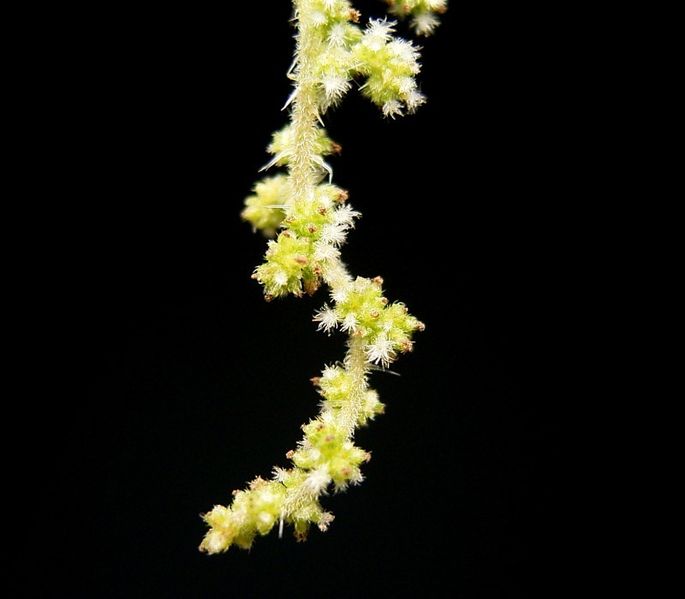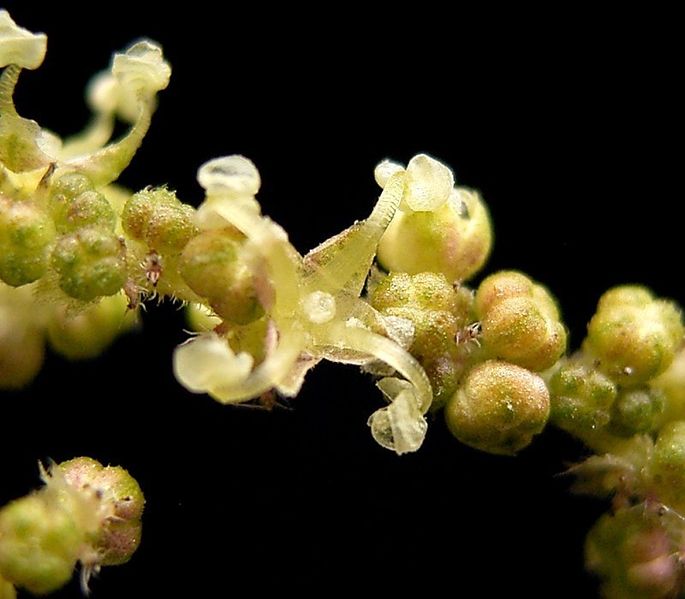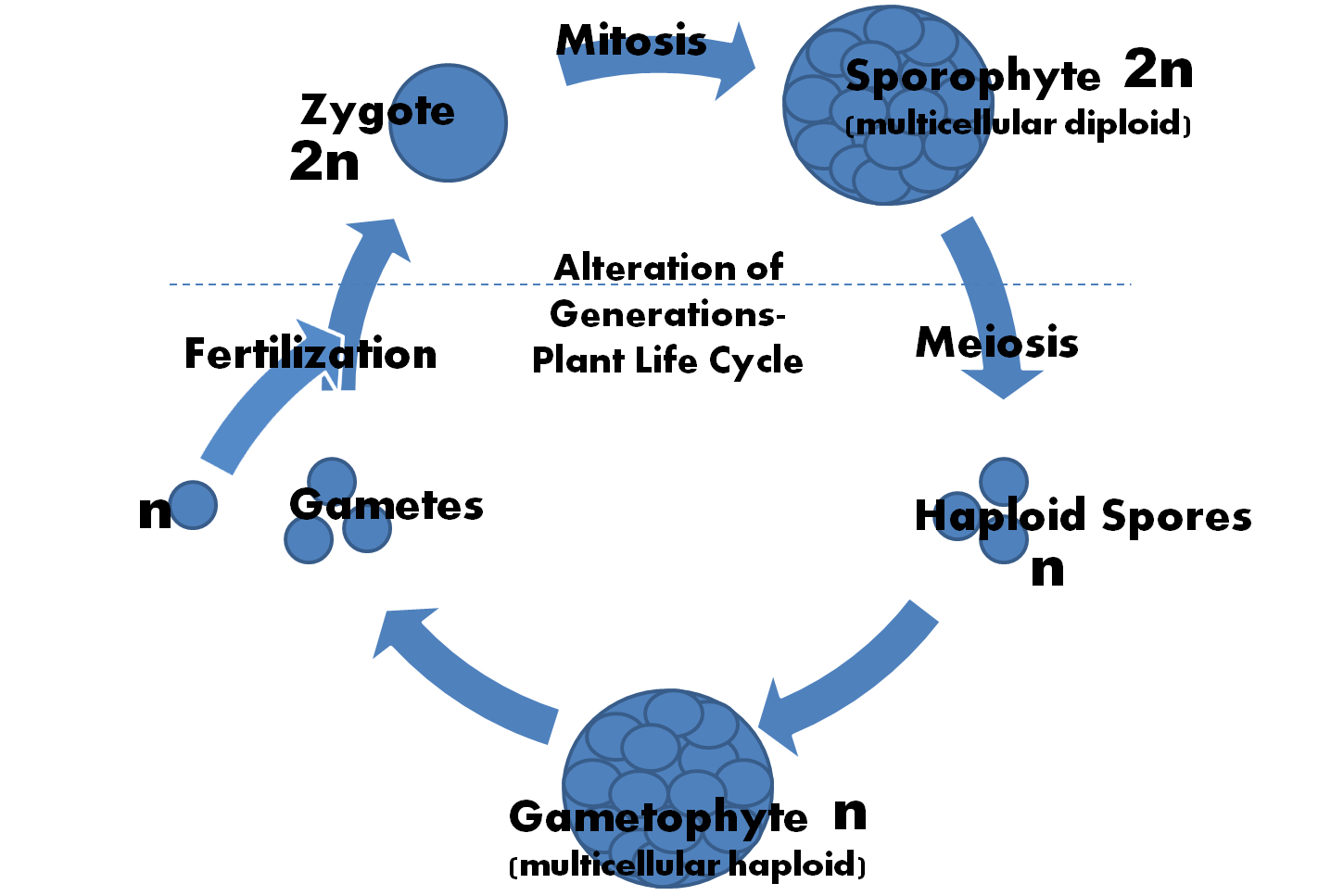The Love Life of Urtica dioica

Urtica
dioica is a perennial, flowering plant that blooms from summer
into late fall. It produces small green flowers in clusters on
strands that are about 3 inches in length. These
strands are attached to the leaf axils between the stem of the
plant and the stem of a leaf. The nettle produces both male and
female flowers. The male flowers grow in smaller, loose clusters
called racemes that are positioned near the top of the plant.
The male plant contains four sepals at each leaf axial and the
raceme is contained within these sepals during the bud stage.
When the plant reaches maturity the racemes uncurl and spring
out, exposing the stamen and allowing them to fling their pollen
into the wind.
The racemes remain pointed
upward for the
duration of the plants flowering stage. The female flowers grow
in more dense, strand-like clusters off of the leaf axils. Many
of these strands grow out of each leaf axial and droop downward. Often there are so many flowers that a portion of the stem is
covered. Each flower contains an ovary with a single seeded
carpel, a style and a stigma surrounding it. When a grain of
pollen is blown into the wind to a female flower, the stigma
captures the grain and it travels down to the ovary. The plant
is pollinated once the pollen
reaches the ovary where it then grows into a small fruit. This fruit contains the
only seed produced by each flower of the
stinging nettle. The fruit eventually dries and the seed is
blown off of the plant to grown into a new individual.
The stinging nettle is a flowering plant that,
like all plants, exhibits alteration of generations. The pollen
produced by the male flowers is haploid (1n) meaning that it
contains one set of chromosomes. Similarly, the ovary within the
female flower is haploid (1n). When these two gametes meet,
fertilization occurs and the fertilized gametes become one
diploid (2n) organism called a zygote. The zygote then undergoes
mitosis to create a multicellular diploid (2n) organism
called a sporophyte. The sporophyte then undergoes meiosis
to produce haploid (1n) spores. These spores will become either the stepal or ovary portion of the plant once it is mature. The mature
plant is called a gametophyte and is a result of the spores becoming
multicellular haploids (n). This mature plant can then produce
haploid (1n) gametes in the form of pollen if it is a male plant and ovaries
if it is a female plant. The then cycle continues.
The sporophyte then undergoes meiosis
to produce haploid (1n) spores. These spores will become either the stepal or ovary portion of the plant once it is mature. The mature
plant is called a gametophyte and is a result of the spores becoming
multicellular haploids (n). This mature plant can then produce
haploid (1n) gametes in the form of pollen if it is a male plant and ovaries
if it is a female plant. The then cycle continues.
Below is the alternation of generations life cycle that
plants, including Urtica dioica, undergo.

Learn how stinging nettles interact with
other organisms.


 The sporophyte then undergoes meiosis
to produce haploid (1n) spores. These spores will become either the stepal or ovary portion of the plant once it is mature. The mature
plant is called a gametophyte and is a result of the spores becoming
multicellular haploids (n). This mature plant can then produce
haploid (1n) gametes in the form of pollen if it is a male plant and ovaries
if it is a female plant. The then cycle continues.
The sporophyte then undergoes meiosis
to produce haploid (1n) spores. These spores will become either the stepal or ovary portion of the plant once it is mature. The mature
plant is called a gametophyte and is a result of the spores becoming
multicellular haploids (n). This mature plant can then produce
haploid (1n) gametes in the form of pollen if it is a male plant and ovaries
if it is a female plant. The then cycle continues.